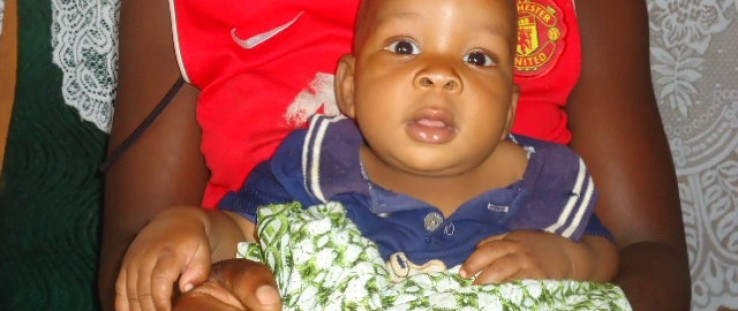 A health and happy baby Praise at eight months
SSDI-Services
A health and happy baby Praise at eight months
SSDI-Services
 A health and happy baby Praise at eight months
SSDI-Services
A health and happy baby Praise at eight months
SSDI-Services
Praise Maudzu had a difficult entry into the world in 2013. After a prolonged second stage of labor, his mother, Mtisunge Mbewe, finally delivered with the assistance of vacuum extraction—a procedure in which a skilled birth attendant attaches a plastic vacuum to the baby’s scalp to pull him out faster.
But Praise did not cry.
Instead, he lay on his mother’s abdomen, unable to move or breathe. He had asphyxia, a lack of oxygen that can cause permanent damage or even death. Praise’s mother remembers only fear during that moment: “After a difficult birth, my baby did not cry or move. I was very worried, having been told that the baby cries as soon as it is born.”
Helping Babies Breathe (HBB) is one of USAID’s key focus areas to save newborns and contribute to the goal of ending preventable child deaths under the global commitment, A Promise Renewed. HBB is one part of an essential newborn care package designed to significantly reduce neonatal mortality.
Geofrey Dzuwa is one of only two nurse midwives at Santhe Health Center, serving a population of more than 40,000 in central Malawi’s Kasungu district, where Praise was born. He saved Praise’s life with HBB technology, a simple and easy to implement treatment for newborn asphyxia.
“I quickly and thoroughly dried the baby, then covered him with a dry towel to prevent hypothermia. I cleared the mouth and nostrils with a penguin sucker, rubbed his back gently to stimulate breathing and used an Ambu bag and mask to ventilate him, assessing his progress all along,” said Dzuwa. “The baby started breathing on his own after about five minutes of resuscitation with the Ambu bag and mask.”
The equipment is surprisingly simple: The penguin sucker is a handheld instrument designed to clear the baby’s airways by sucking out fluids in the mouth and nostrils, and an Ambu bag is a manual device that, when squeezed, forces air into a patient’s lungs.
Asphyxia can be caused by prematurity, a prolonged second stage of labor, maternal sedation, or a difficult breech delivery. It is the third major cause of neonatal deaths in Malawi, where the child mortality rate is 71 deaths per 1,000 live births. Neonatal deaths account for a quarter of the under-5 deaths, and asphyxia accounts for 22 percent of the neonatal deaths.
These numbers are sobering but USAID partner Support for Service Delivery Integration (SSDI-Services) gives health workers the tools to fight aspyhxia. SSDI procures and distributes equipment like ambu bags and penguin suckers, trains staff and conducts newborn death audits in 15 targeted districts.
The results: from October 2012 to August 2013, the rate of successful resuscitation of asphyxiated babies rose from 33 percent to 93 percent. And in Kasungu district, where HBB is being deployed in all 27 health facilities, health workers have successfully resuscitated 97 percent of the 350 babies born with asphyxia.
“This progress is remarkable. It should be attributed to SSDI-Services’ comprehensive training program and provision of equipment,” says Evelyn Zimba, USAID maternal, neonatal and child health specialist. “The trainings are followed by ongoing coaching, mentoring and supportive supervision to improve health workers’ skills and confidence in their technique.”
Dzuwa could not have saved Praise’s life without these tools.
“After the HBB training, I became confident in handling newborns with birth asphyxia,” he said. “Using these new skills and equipment, I have managed to successfully resuscitate several babies at this facility. I feel very happy when I do this, knowing that those new lives will get their due chance at a long life. Our new skills and tools must be made available across Malawi and the developing world.”
One of those new lives is now a happy and healthy eight-month-old.
“I was very relieved when I heard my baby crying,” Mbewe recalled. “I decided to name him Praise, giving thanks that he was brought back.”







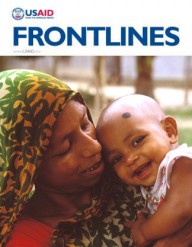

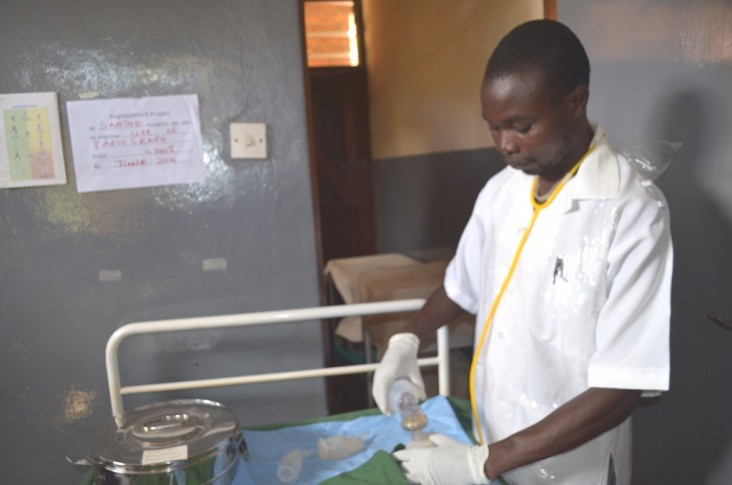
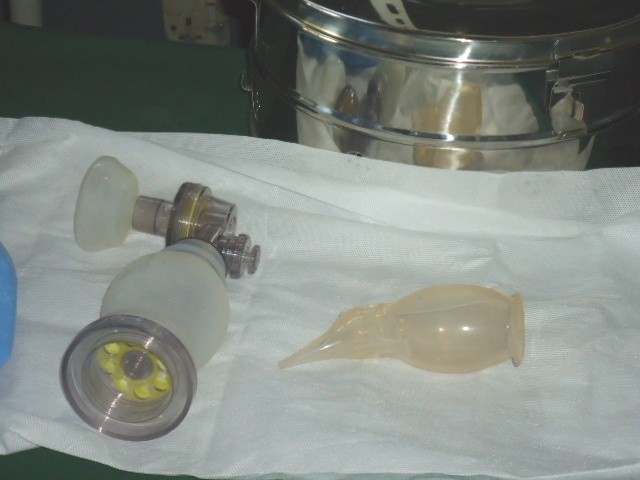
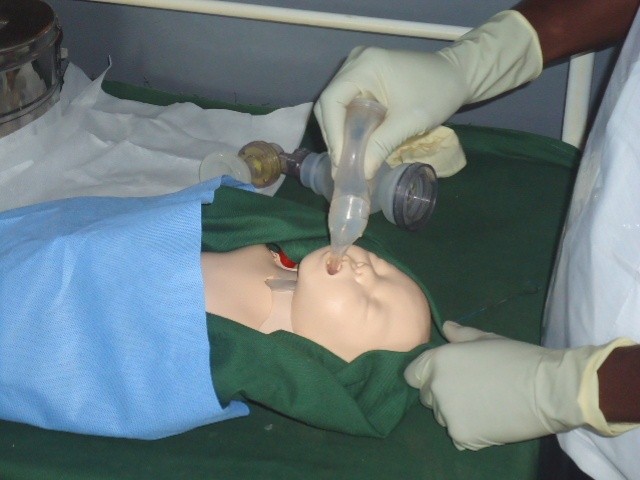
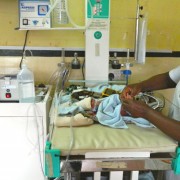
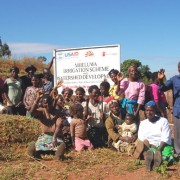
Comment
Make a general inquiry or suggest an improvement.